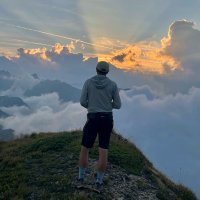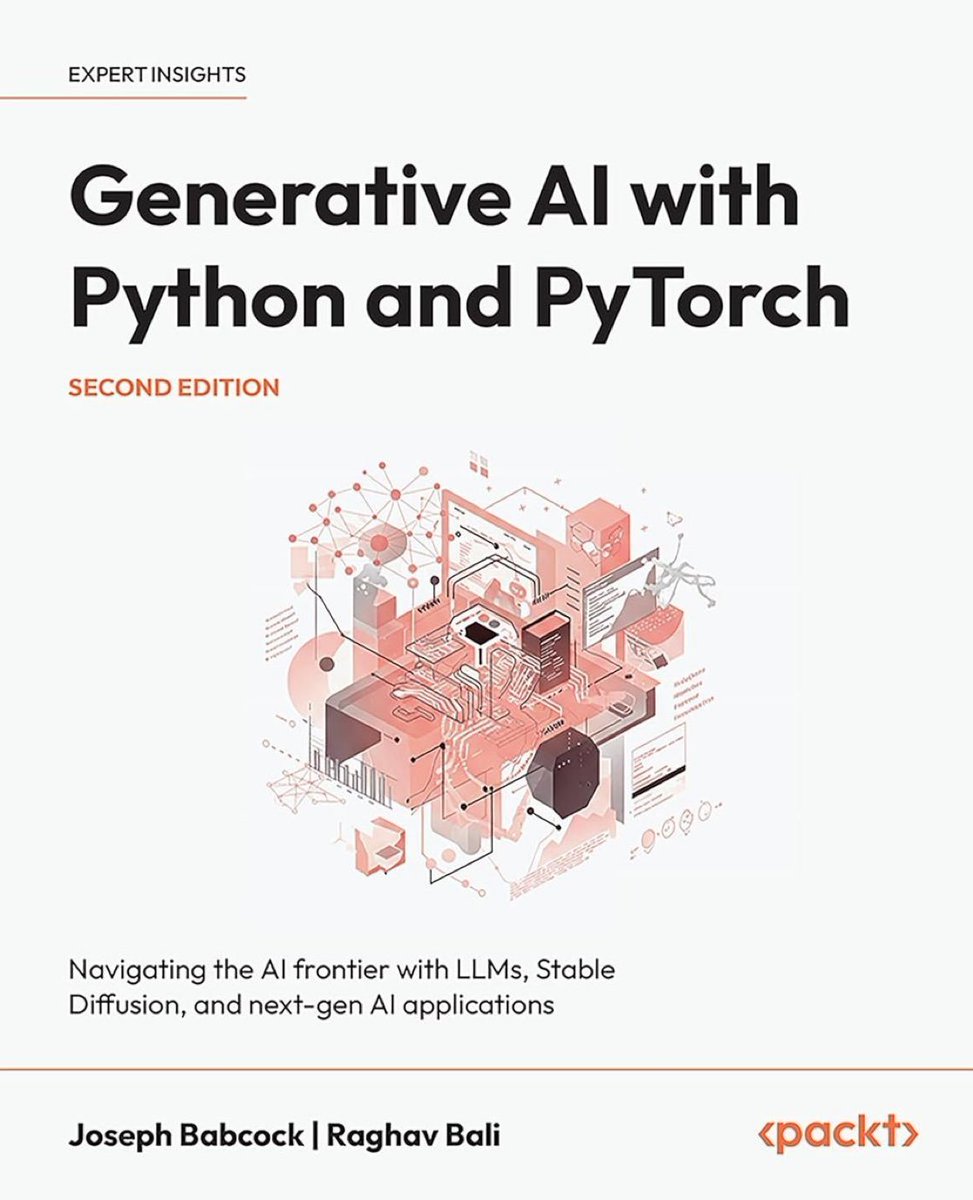
Hamid Jamshidnia
@tech_hamid
Scientist and researcher passionate for science and technology at the intersection of Fluid Dynamics, Ultrasound & Optical-based Measurement Techniques & AI
ID: 844888312481492992
23-03-2017 12:27:25
29 Tweet
67 Takipçi
1,1K Takip Edilen













Here are the 5 lucky winners of the Generative AI with Python and PyTorch Book! 1. Adithya Thatipalli 2. mikhail predtetchenski 3. Alejandro Mejía 4. TarkovKiChai 5. Salomón Zambrano Thanks to everyone for participating! Like and share this post to get one more copy for FREE.
















